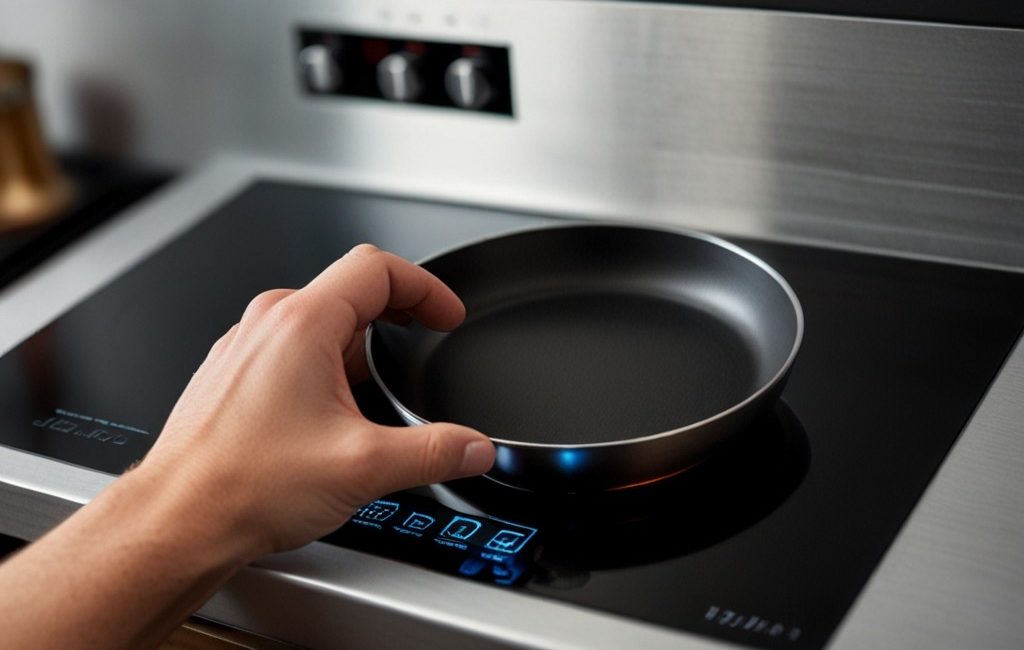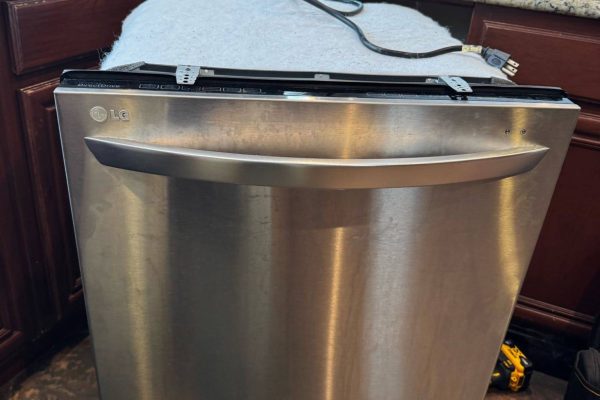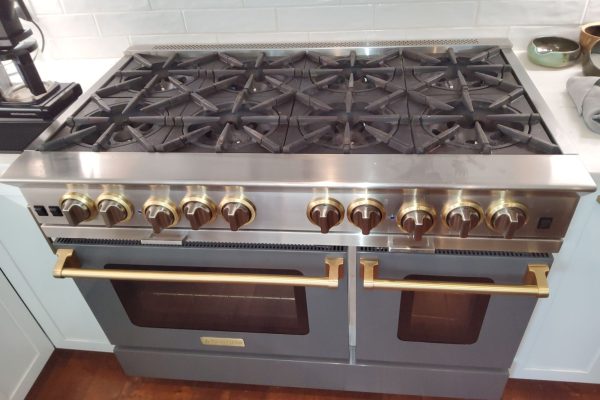Induction hobs have revolutionized modern cooking with their efficiency, speed, and precision. One of their key features is the automatic switch-off system, which enhances safety by turning off the hob under certain conditions, such as when the pan is removed or if there’s overheating. However, like any technological system, it can sometimes malfunction. Understanding how to troubleshoot this system is crucial for maintaining the functionality and safety of your induction hob. This article will explore common issues with the automatic switch-off system, offer troubleshooting steps, and highlight the importance of professional help from Oceanside Appliance Service Center.
Understanding the Automatic Switch-Off System
The automatic switch-off system in an induction hob is designed to:
⠀
- Enhance Safety: Automatically turning off the hob when no pan is detected or if it overheats, preventing potential accidents.
- Preserve Energy: Shutting off when not in use to save electricity and extend the life of the appliance.
- Prevent Damage: Protecting the hob’s internal components from overheating or other forms of stress.
⠀
Common Issues with the Automatic Switch-Off System
⠀
Several problems can affect the automatic switch-off system:
⠀
- False Triggers: The hob turns off even when a pan is present and in use.
- Failure to Activate: The system does not turn off the hob when the pan is removed or when overheating occurs.
- Intermittent Function: The system works sporadically, leading to inconsistent performance.
- Sensor Issues: Faulty sensors can cause the system to misread the presence of a pan or temperature conditions.
⠀
Troubleshooting Steps
⠀
Here are steps to troubleshoot and potentially resolve issues with the automatic switch-off system:
⠀
- Check for Obstructions: Ensure that the surface of the hob and the bottom of your cookware are clean and free of any debris that might interfere with sensor readings. Dirt, grease, or other residues can cause false readings.
⠀
- Verify Cookware Compatibility: Induction hobs require specific types of cookware, typically ferrous (magnetic) metals. Ensure that your pots and pans are induction-compatible. Non-compatible cookware can cause the hob to malfunction.
⠀
- Inspect the Hob’s Surface: Look for any visible damage to the hob’s surface, such as cracks or chips. Physical damage can interfere with the sensors and the hob’s ability to detect the cookware properly.
⠀
- Reset the Hob: Sometimes, a simple reset can resolve the issue. Turn off the hob and unplug it from the power source for a few minutes before plugging it back in and turning it on again.
⠀
- Update the Firmware: Some induction hobs come with firmware that can be updated. Check the manufacturer’s website or contact customer support to see if an update is available for your model. Updating the firmware can resolve bugs that affect the automatic switch-off system.
⠀
- Check the Power Supply: Ensure that your hob is receiving the correct voltage and is properly connected to the power source. Voltage fluctuations or loose connections can affect the hob’s performance.
⠀
- Consult the User Manual: Refer to the user manual for specific troubleshooting tips related to your hob model. Manufacturers often provide guidance on resolving common issues.
⠀
When to Call a Professional
⠀
If the above steps do not resolve the issue, it’s time to seek professional assistance. Here’s why calling Oceanside Appliance Service Center is the best course of action:
⠀
- Expert Diagnosis: Professional technicians have the expertise to accurately diagnose the problem. They can identify issues that may not be immediately apparent to homeowners.
- Specialized Tools: Professionals use specialized tools and equipment to perform repairs, ensuring that the job is done correctly and safely.
- Quality Repairs: Technicians can provide high-quality repairs using genuine parts, which helps maintain the performance and longevity of your hob.
- Safety Assurance: Handling electrical appliances can be dangerous. Professionals ensure that repairs are conducted safely, reducing the risk of accidents.
⠀
Benefits of Professional Maintenance
⠀
Regular professional maintenance can prevent many issues before they arise:
⠀
- Preventive Care: Routine inspections and maintenance help catch potential problems early, preventing costly repairs and ensuring your hob operates efficiently.
- Longevity: Proper maintenance extends the life of your appliance, giving you better value for your investment.
- Peace of Mind: Knowing that your appliance is in good hands allows you to focus on other tasks without worrying about unexpected breakdowns.
If you’re experiencing issues with the automatic switch-off system on your induction hob, don’t wait for the problem to worsen. Oceanside Appliance Service Center offers expert repair and maintenance services to keep your appliances running smoothly. Our skilled technicians are trained to handle all types of repairs, ensuring your induction hob is restored to its optimal performance. Contact us today to schedule a service and experience the peace of mind that comes with professional appliance care.
Contact us


